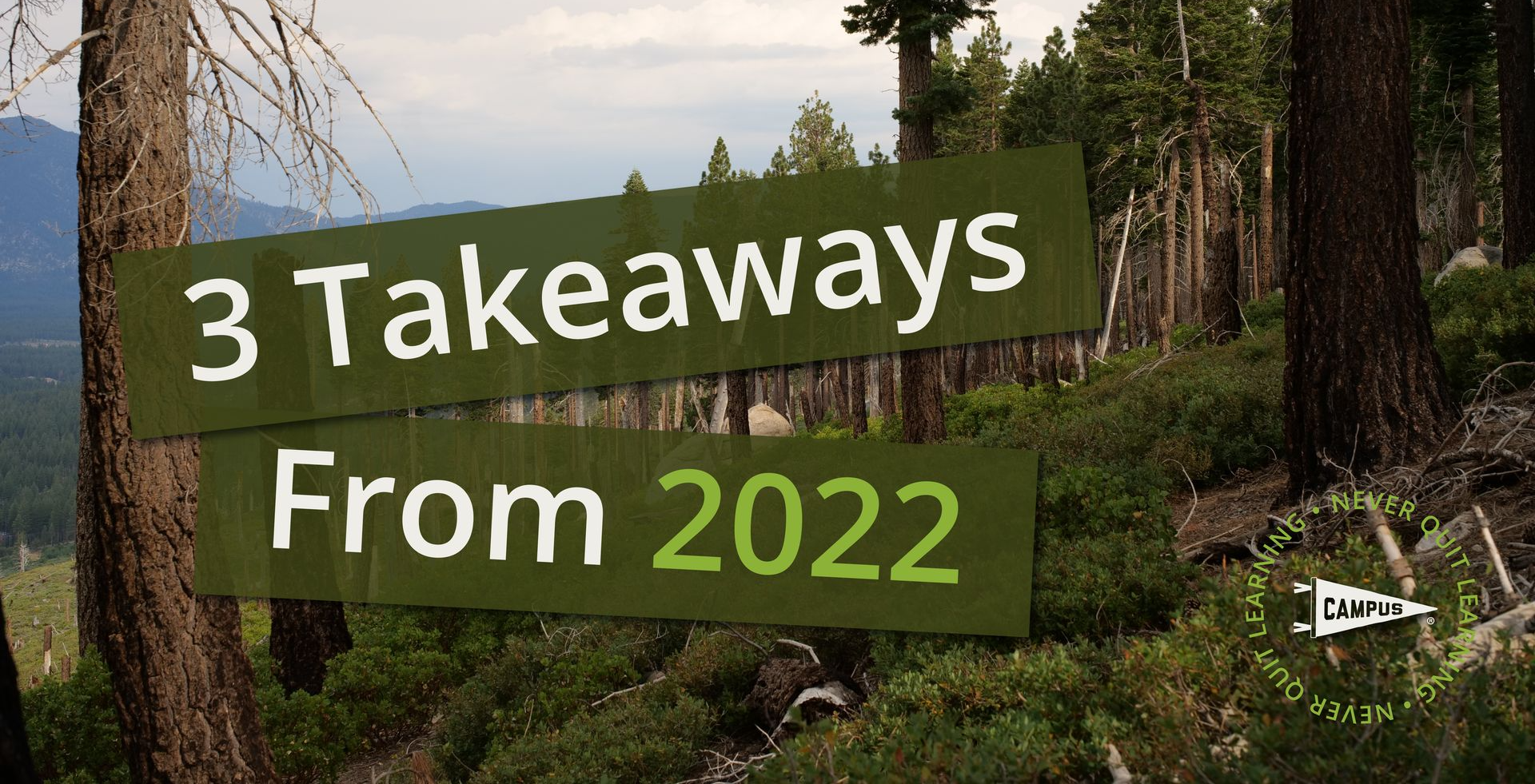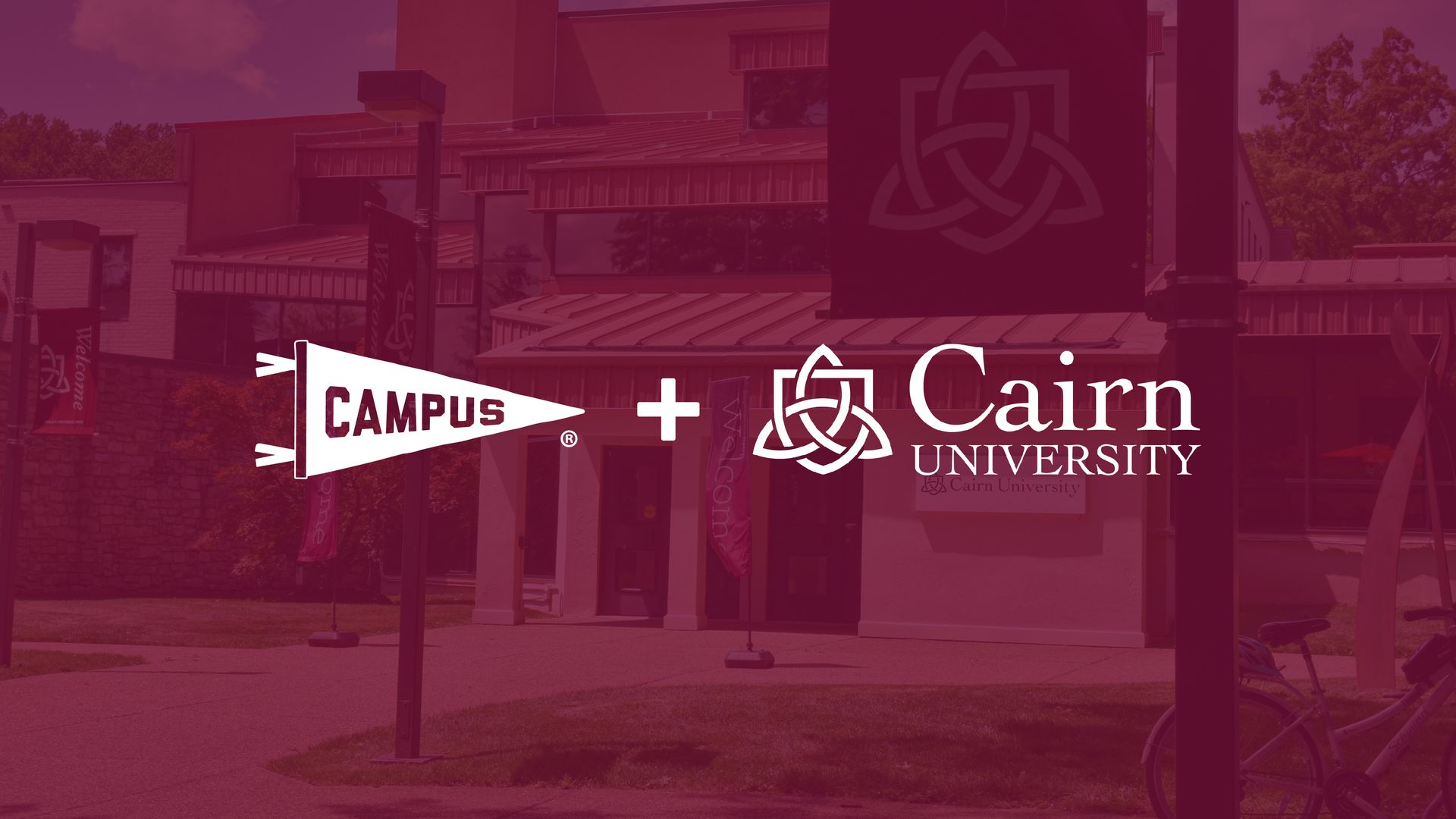It's All About Those Outcomes
Ken Schenck
June 21, 2022

It's All About Those Outcomes
Over seventy years ago, my Dad's dad took an ordination course with my Mom's dad, a teacher at Frankfort College. My Grandpa Schenck wrote papers and sent them to my Grandpa Shepherd. My Grandpa Shepherd wrote feedback back to him. There was nothing wrong with it. It was lively engagement. It was one-on-one interaction and learning. In fact, it was more direct interaction than many college students have with their professors today.
They weren't dirty words. They called them, "correspondence courses."
Somewhere along the way, these sorts of courses became objects of ridicule. Perhaps this way of studying did get abused at some point, an easy way to get a credential that wasn’t as rigorous as some other paths. But I also have a strong suspicion that there is some classism hiding in here. Correspondence courses related more to “blue-collar” learners, while the “more prestigious” white-collar learner went to a sit-down college the first time around.
Blue-Collar Version of Oxbridge?
Imagine this model of learning. You meet one-on-one with a “master” at something. Maybe once a week you go to a professor’s office and have a chat about some topic. Maybe you write something that you give the professor ahead of time. Then when you meet together, you discuss your work.
This was the Oxbridge model. It is the way that students at Oxford and Cambridge approached study for years. Lower-level instruction involved one-on-one tutoring sessions with a mentor. Upper-level work involved the kind of one-on-one interaction I just mentioned and in fact did for my doctoral work at the University of Durham.
Here’s another model. You work one-on-one alongside a master worker. You help them build. You help them wire or plumb. You do what they tell you to do. This is the apprenticeship model. It has been used since ancient times to learn a trade.
Now let’s say you are learning from an expert one-on-one in the year 1950. But you are older, have a family and you need to keep working to keep food on the table. You cannot move very easily to a seminary or a college to, say, train for ministry. Correspondence courses were a way to do it. You could not Zoom. It wasn’t even practical to talk on the phone. You had assignments. You sent them in. You received feedback in writing. You probably worked at your own pace.
All about Outcomes
The key question of education is learning outcomes. What knowledge, skills, and dispositions is a student supposed to take away from studying a particular subject area? If you are studying to be a nurse, what do you need to know? What do you need to be able to do, and what attitudes do you need to have?
The last type of outcomes has always been the most difficult to teach and measure. How do you teach a student to love people? Skills are also difficult sometimes to teach in a classroom. How do you teach a student to lead a church on a whiteboard?
An orientation toward outcomes is key. It is not what the professor knows that is the key element in the equation. It is whether the learners acquire the desired knowledge, skills, and dispositions. It is not how brilliant the content transmitted is. It is how well the knowledge, skills, and dispositions are received.
That is not to say that it is entirely on the teacher. Students often fail to put in the effort. Sometimes they do not have an aptitude for the subject. It is simply to say that the measurement of good education is more a matter of what the learner is meant to acquire rather than the brilliance of the teacher.
What this means, of course, is that the person who knows the most about a subject may not actually be the best teacher of that subject. Over the years, I have seen this dynamic with preaching professors. There are some incredible preachers who have a difficult time communicating how they do it to others.
This situation can easily happen in math and science. Richard Feynman was one of the most brilliant physicists of all time. He actually taught beginning physics one year at CalTech. It was a fantastical experience of a lifetime, but most of the students did not learn what they needed to know because he was way over their heads.
Measuring Learning
In the early 1900s, they invented the “Carnegie Unit” as a way of measuring the weight of a course. A one credit hour course is a course that meets for an hour a week for fifteen weeks with the standard expectation that a student will work for two hours out of class for every one hour they are in class. So a one credit hour course is meant to represent 45 hours of class and work.
To be realistic, VERY few college students put in two hours outside of class for every one hour they are in class. In that sense, online classes typically require more work of the student than a face-to-face class. Because online classes have typically been asynchronous (not meeting at a specific time live), the 45 hours per credit hour is usually much more concrete in discussion forms and writing assignments.
When we started Wesley Seminary at Indiana Wesleyan University, students wrote the equivalent of a book by the end of a course, way more work than in a traditional classroom. The danger is of course that such accounting of hours can become busy work, just to reach the hours.
In the end, the Carnegie unit is actually a pretty poor way to measure learning because it doesn’t. It measures “seat time.” But from my own experience in college, you can sleep through a class and get little more than whatever lovely dreams you had while the professor makes noises. Just because a talking head is talking doesn’t mean even half the students are listening. At least in an online class, if you don’t participate, you’re not considered present.
But there are much better ways to measure learning than butts in a seat. Western Governor’s University (WGU) has largely work-at-your-own-pace courses, self-directed learning. It is sometimes objected that they got into some trouble for not having substantive interaction with teachers, but in reality only minor tweaks were necessary for them to come into compliance. [1] Competency-based education is a fully acceptable form of education in the United States.
The kind of feedback that my grandfather received in the mail counts as regular and substantive feedback. According to current government expectation regular and substantive interaction between the students and instructor “does not need to be face-to-face or even live; the interaction can be feedback on paper or responses to comments on an online bulletin board.” [2]
Similarly, an entire program can have some courses that are almost entirely self-directed learning. We used to call these “independent studies.” With the continuous improvement of AI and interactive features, the space for these kinds of experiences in a learning program will only expand in the curriculum.
Mediating Learning
The key to quality education is thus the outcomes, whether or not the targeted competencies of the course are achieved.[3] The medium is far less important. Research on online learning has shown that quality online courses on average are as good at achieving learning outcomes as the traditional classroom. [4]
Textbooks were invented to mediate learning when a master teacher is not present. It was the first kind of correspondence course, if you would. You got someone who not only knew the subject but could communicate it in written form so that a learner could get the knowledge outcomes of the subject matter.
The apostle Paul preferred to be with his churches in person. But when this was not possible, he wrote letters. Paul’s New Testament letters are good examples of distance education. They were correspondence courses of a sort. The Corinthians sent Paul a letter with questions (1 Corinthians 7:1). He responded with letters. So before we completely dismiss such education, we should remember that those letters became Scripture, courses that we regularly take still today.
As we look to the future of education, the modality is far less important than whether the learning we craft results in the desired outcomes. More than one path can get the student to the destination. However, one thing is certain. If we begin with the end in mind, we are more likely to reach the goal than simply standing up front talking.
[1] https://tcf.org/content/commentary/need-retain-protections-scam-online-schools/
[2] Ibid.
[3] Certainly, there might be social and developmental outcomes to an education that go beyond the classroom.
[4] "Evidence-Based Practices in Online Learning: A Meta-Analysis and Review of Online Learning Studies," 2010, US Department of Education,
https://www2.ed.gov/rschstat/eval/tech/evidence-based-practices/finalreport.pdf
The Campus Blog
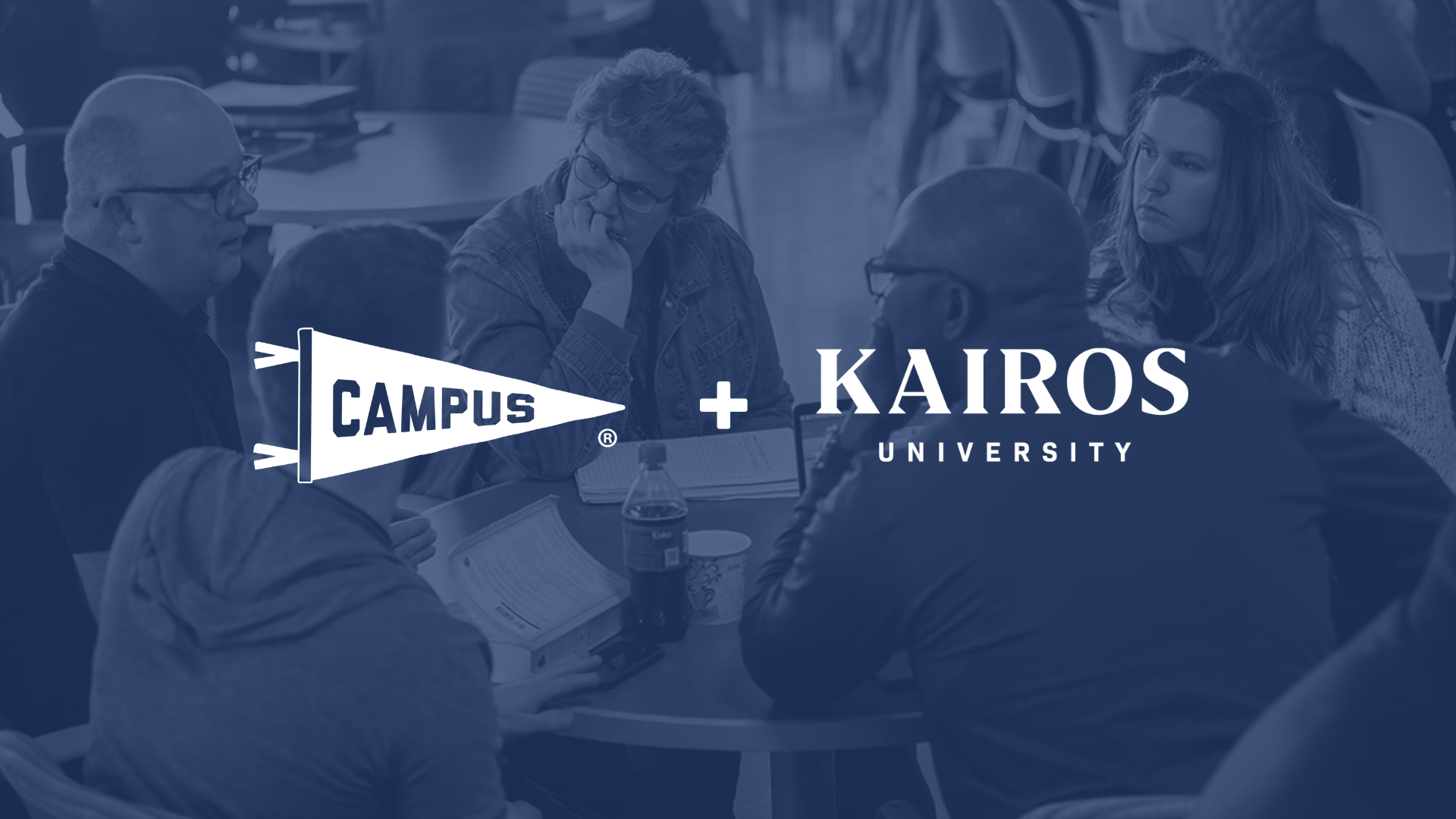


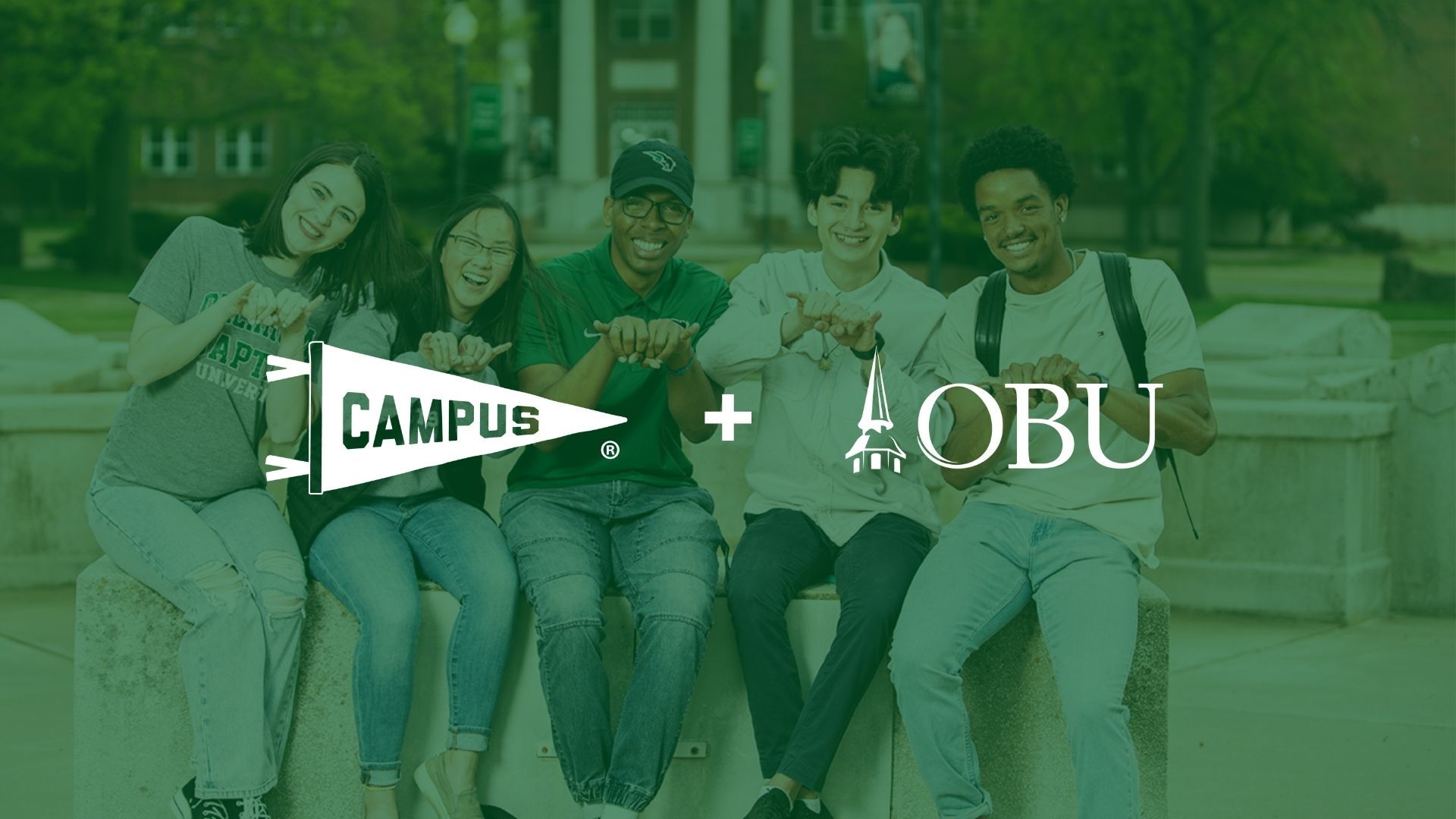
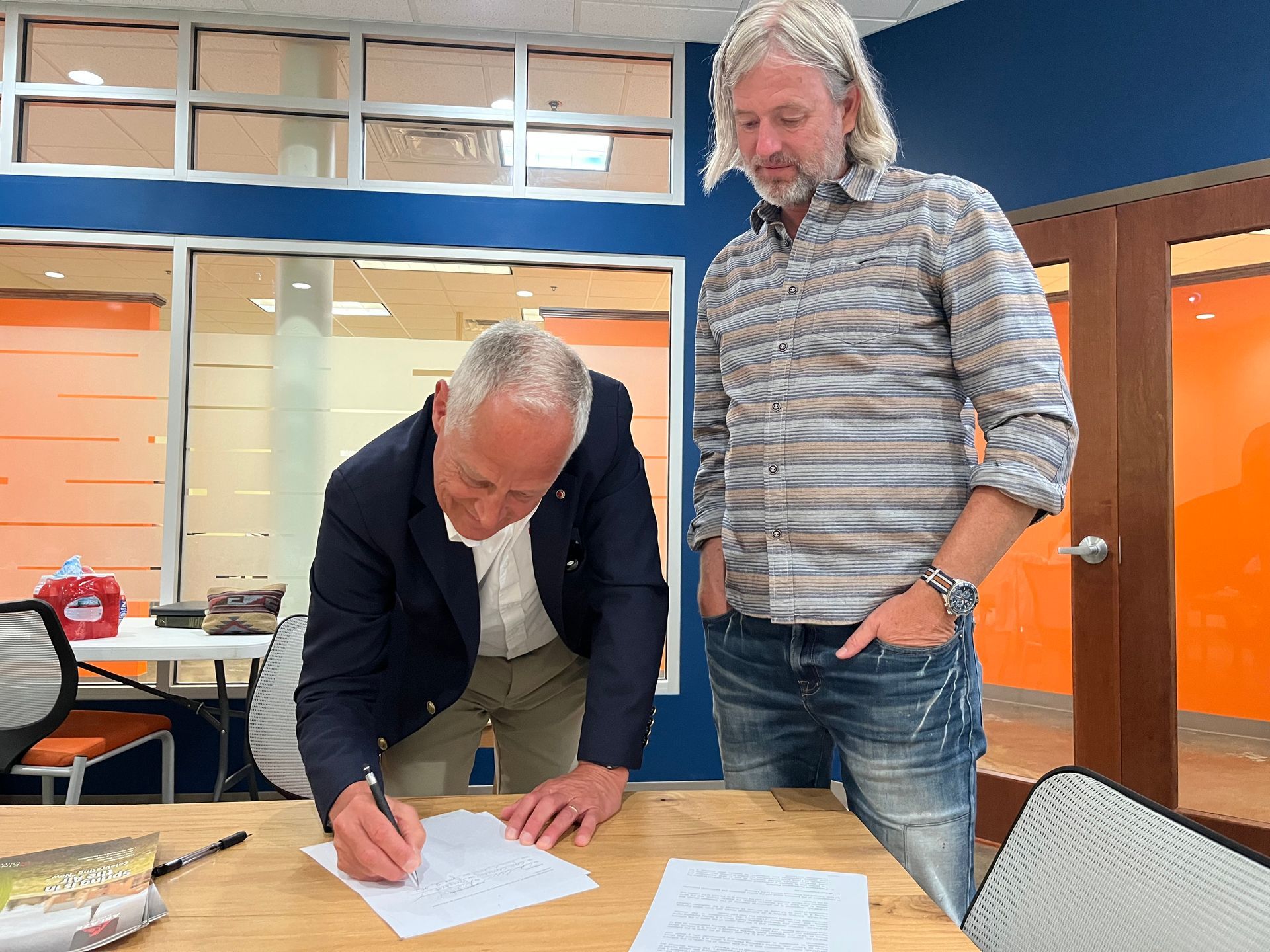
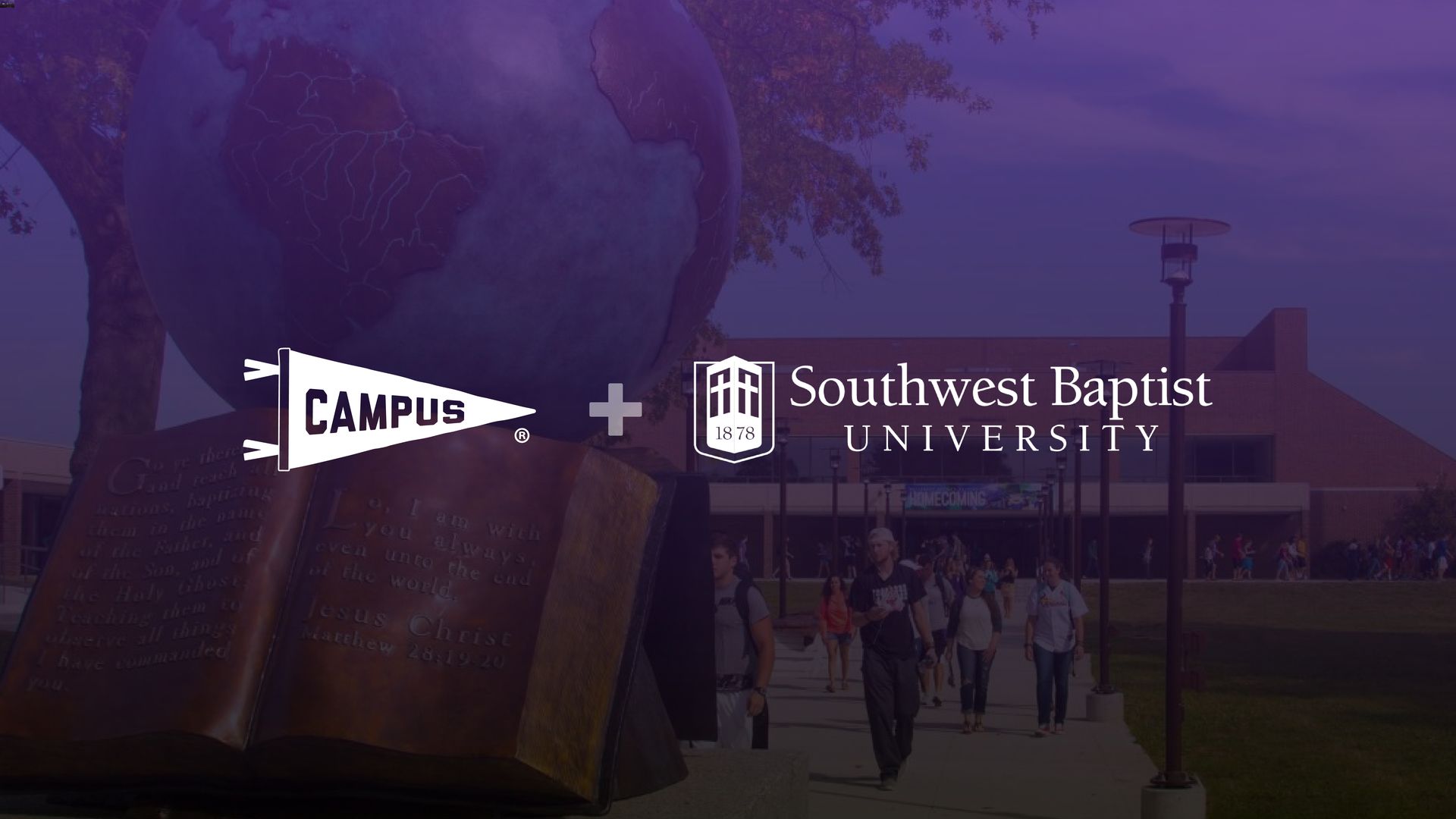
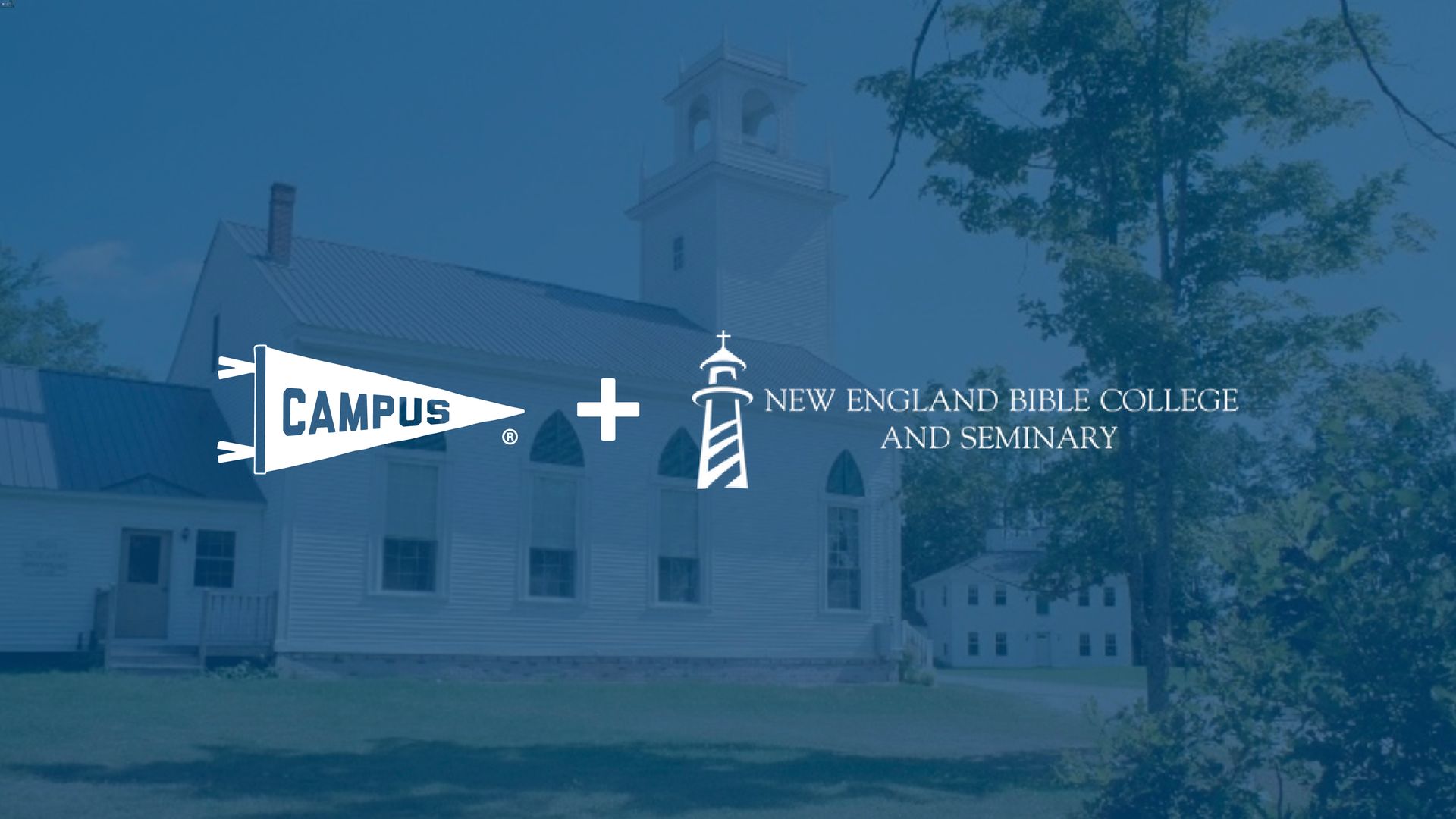
Transforming Christian
Education with AI
Empower your institution with tools designed to save time, enhance learning, and strengthen discipleship.

